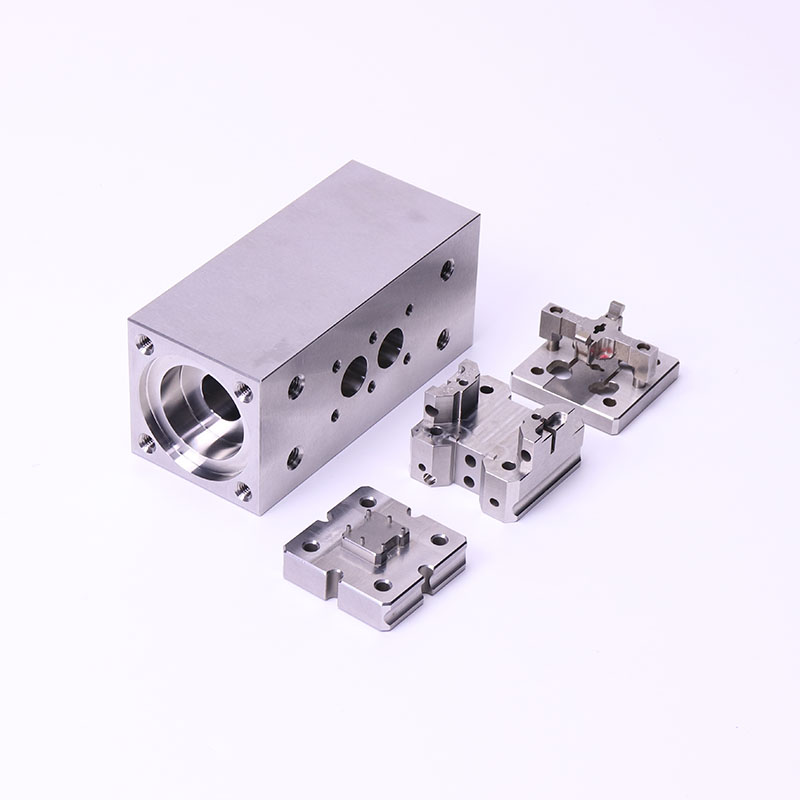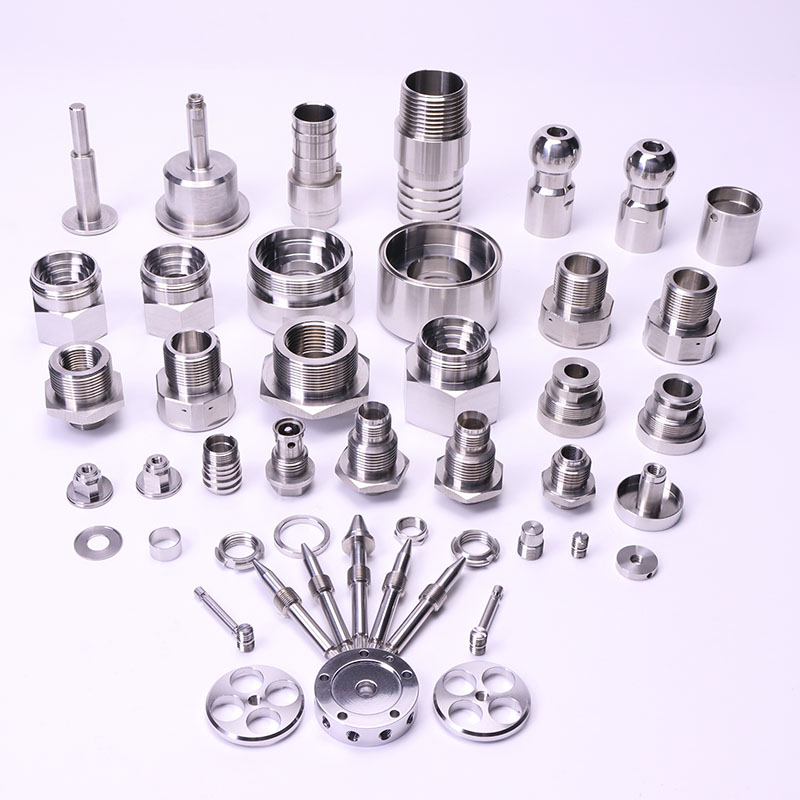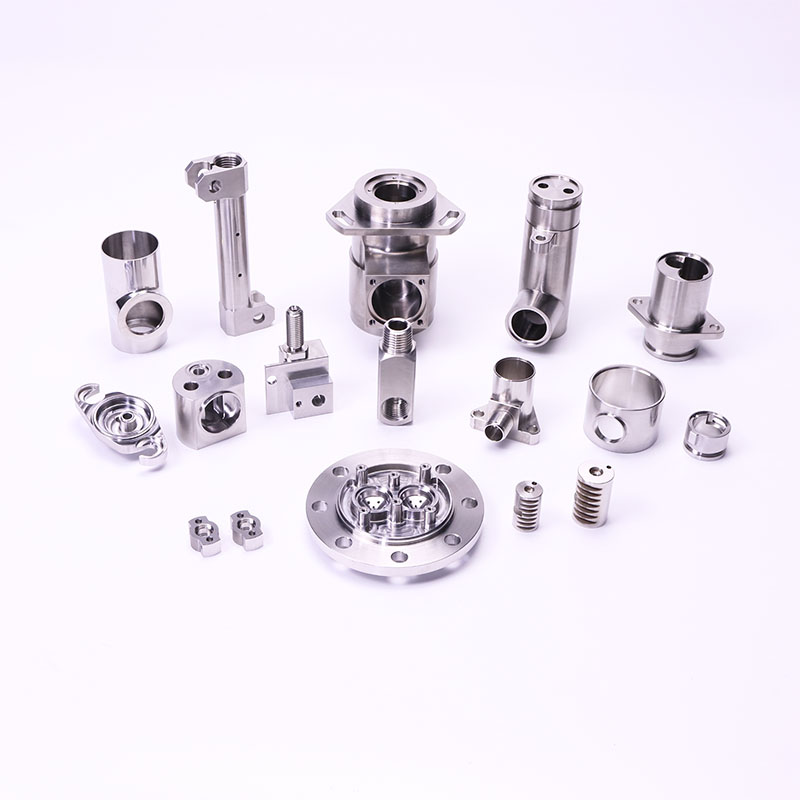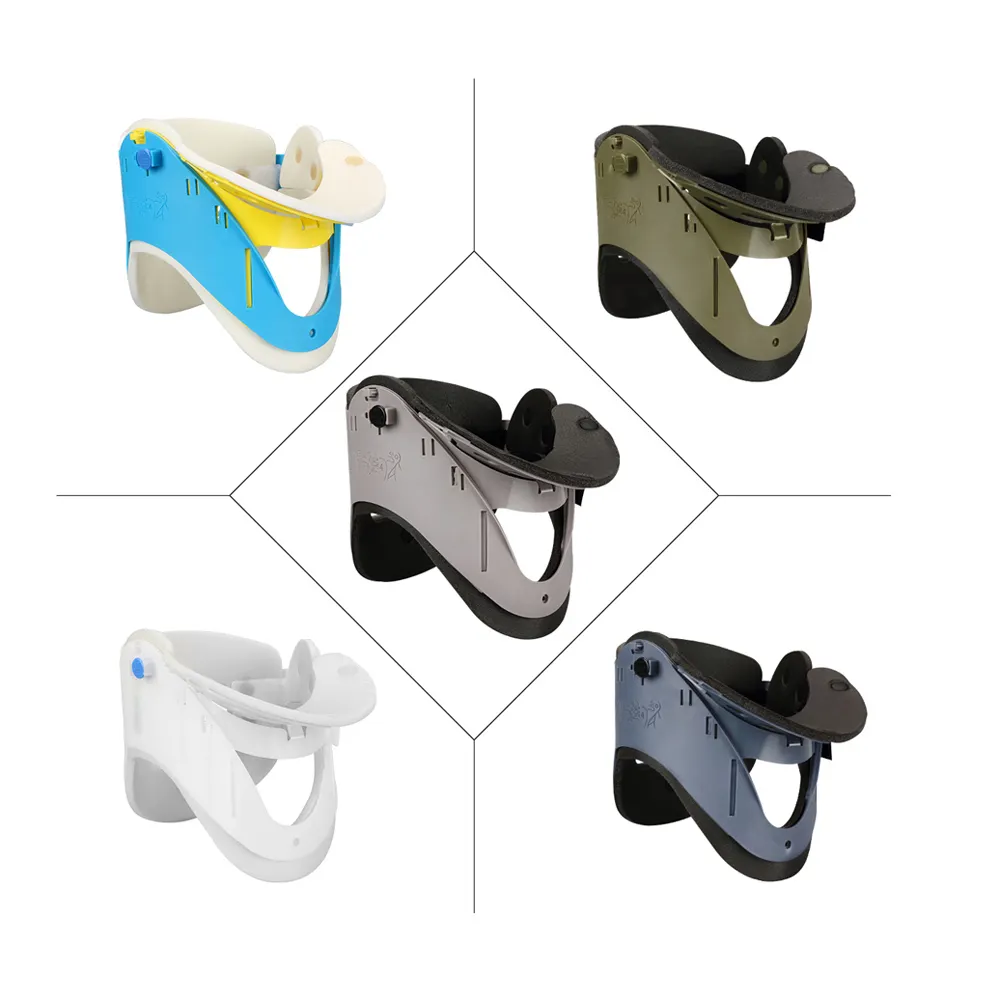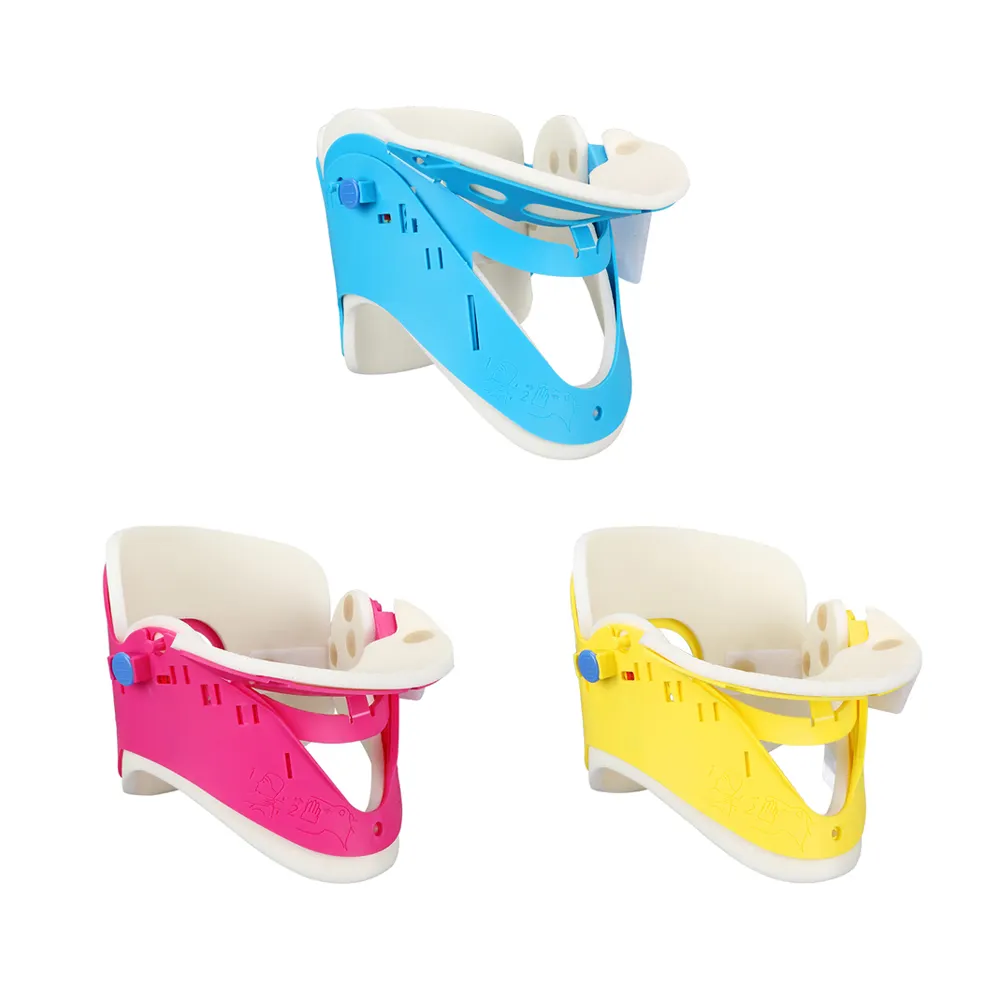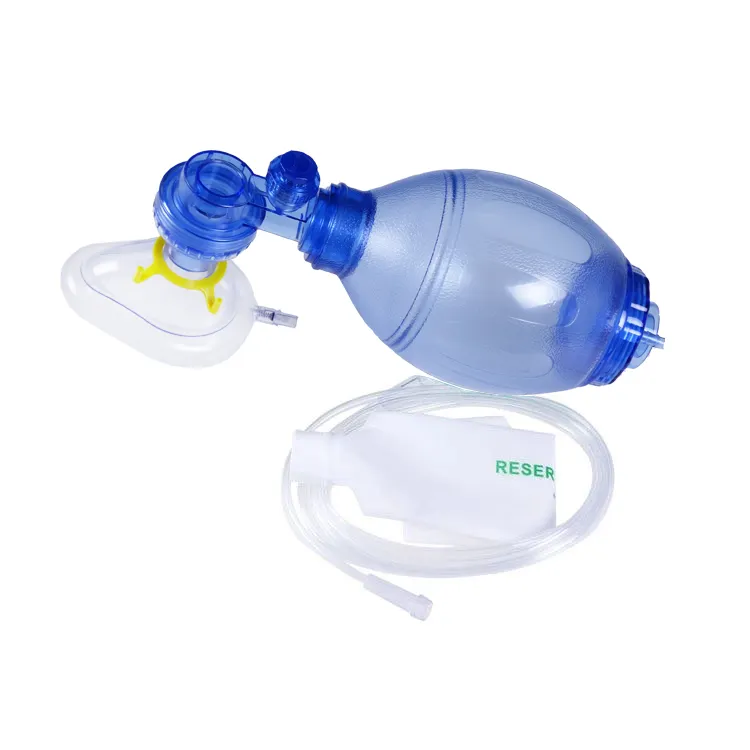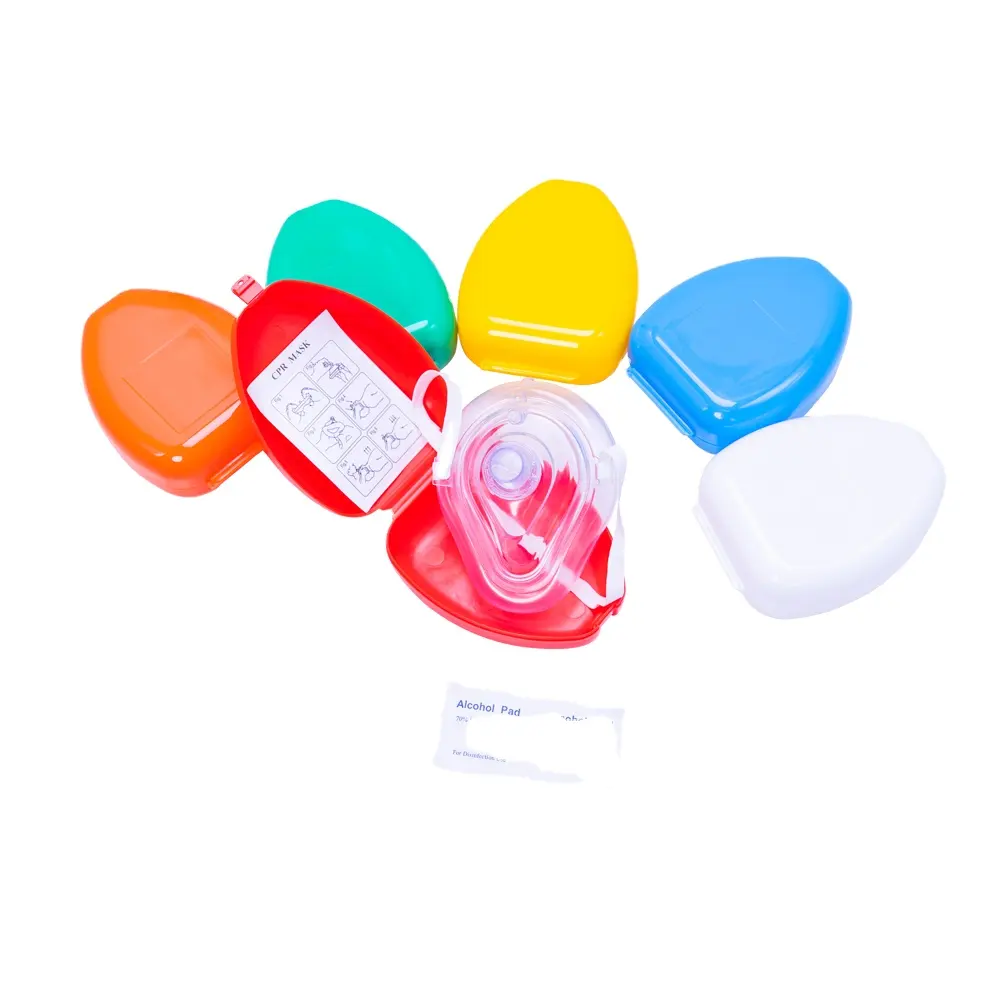Abstract
Aluminum parts machining is the backbone of industries demanding lightweight, corrosion-resistant, and high-strength components. This article decodes the science behind CNC milling, surface treatments, and sustainable practices, supported by real-world applications from automotive to aerospace. Learn how advanced techniques address challenges like thermal distortion and tool wear while meeting global sustainability goals.
Introduction
In an era where every gram matters, aluminum parts machining has become synonymous with innovation. From Tesla’s electric vehicles to Airbus’s fuel-efficient aircraft, manufacturers rely on aluminum’s unique properties—67% lighter than steel yet 95% recyclable. But how do raw aluminum billets transform into precision gears or aerospace brackets? Let’s unravel the art and science behind this $82.3 billion global industry (Grand View Research, 2023).
1. The Aluminum Machining Workflow: From Design to Delivery
1.1 Design and Engineering
Modern 5-axis CNC systems achieve micron-level precision (±0.005 mm), critical for applications like drone motor housings where imbalance causes catastrophic failure. For instance, DJI’s Mavic 3 drones use aluminum rotor mounts machined with adaptive toolpaths to reduce vibration by 38% (ASME, 2023). Hybrid CNC-EDM (Electrical Discharge Machining) further enables complex geometries, such as Siemens’ turbine blades with 0.2 mm cooling channels.
Pro Tip: High-speed machining (HSM) at 20,000 RPM minimizes heat buildup, preserving aluminum’s temper.
1.2 Surface Treatments: Beyond Aesthetics
Anodizing: Apple’s MacBook Pro chassis undergoes 12-layer anodization to resist 10,000+ keystrokes. Type III hardcoat adds 60 μm thickness for NASA’s lunar rover hinges.
Laser Etching: BMW’s i8 door sills use nanosecond-pulsed lasers to create wear-resistant QR codes for part traceability.
Plasma Electrolytic Oxidation (PEO): Rolls-Royce’s Trent XWB engine components utilize PEO coatings to withstand 800°C exhaust gases.
1.3 Quality Assurance: The Invisible Shield
Toyota’s "Andon Cord" system integrates AI vision (99.98% defect detection) and IoT-enabled CMM (Coordinate Measuring Machines). A Shanghai-based EV battery tray supplier reduced scrap rates from 5.2% to 0.8% using real-time thermal compensation algorithms.
2. Industry Applications & Cost-Benefit Breakthroughs
2.1 Automotive Lightweighting
Tesla’s gigacasting technique welds 171 aluminum parts into a single Model Y rear frame, slashing production time by 40%. Audi’s e-tron GT employs friction-stir-welded (FSW) aluminum sills that absorb 35% more crash energy than stamped steel.
Data Point: Lightweighting cuts EV energy consumption by 7–10% per 10% weight reduction (SAE International, 2022).
2.2 Aerospace Innovations
SpaceX’s Starship uses 304L stainless-aluminum hybrid alloys to balance cryogenic durability and launch cost. Airbus’s "Wing of Tomorrow" project leverages friction stir welding for 30-meter single-piece wings, eliminating 1,500 rivets and 20% assembly labor.
2.3 Consumer Electronics Revolution
GoPro’s HERO12 camera housings employ 6061-T6 aluminum with micro-blasted textures, reducing glare by 60% while surviving 15m water pressure. Huawei’s foldable Mate X3 hinges use CNC-machined 7075 aluminum for 200,000+ cycle durability.
3.Overcoming Challenges: Thermal Management & Sustainability
3.1 Taming Thermal Distortion
Aluminum’s high thermal expansion coefficient (23.1 μm/m·K) causes dimensional drift during machining. Solutions:
Cryogenic CNC: Liquid nitrogen cooling (-196°C) at Lockheed Martin’s facilities reduces deformation by 72% in satellite antenna parts.
In-situ IR thermography: Bosch’s Stuttgart plant monitors tooltip temps every 0.2s to adjust feed rates dynamically.
3.2 Tool Wear Economics
Aluminum’s low melting point (660°C) accelerates tool adhesion. Polycrystalline diamond (PCD) tools last 50× longer than carbide in machining Tesla’s Cybertruck exoskeletons.
Cost Analysis: Switching to PCD cut per-part costs by ¥18.7 ($2.6) in BYD’s Shenzhen factory (IMechE, 2023).
3.3 Closed-Loop Sustainability
Novelis’s European plants recycle 75% scrap aluminum via in-house remelting, cutting CO₂ by 4.8 tons per batch. CATL’s "Zero-Carbon Battery Shell" initiative uses solar-powered CNC centers to machine 100% recycled aluminum, achieving a 2.1 kg CO₂e/kg footprint vs. industry average 8.1 kg.
4. Conclusion
Aluminum parts machining is no longer just about cutting metal—it’s about cutting emissions, costs, and inefficiencies. As industries push for net-zero targets, innovations like cryogenic machining and blockchain material tracing will redefine precision manufacturing. At Prime Kunwu, we bridge tradition and technology to deliver components that turn tomorrow’s blueprints into today’s reality.
References
Grand View Research. (2023). Aluminum Market Size Report.
Liu, Y., et al. (2022). “AI-Driven Optimization in CNC Machining.” Journal of Materials Processing Technology.
Aluminum Association. (2023). Sustainable Aluminum Production Metrics.
ASME. (2023). High-Speed Machining in UAV Manufacturing.
SAE International. (2022). EV Lightweighting Efficiency Metrics.
IMechE. (2023). Tooling Cost Analysis in High-Volume Aluminum Production.
FAQs
1. What are the main advantages of aluminum parts machining?
Aluminum offers 67% lighter weight than steel, 95% recyclability, and corrosion resistance, ideal for Tesla EVs and Airbus aircraft.
2. How to reduce thermal distortion in aluminum machining?
Use cryogenic CNC (-196°C) for 72% less deformation (Lockheed Martin) or dynamic feed control via IR thermography.
3. Which surface treatment lasts longest for aluminum parts?
Type III hardcoat anodizing (60μm) survives 60,000 flight hours on Boeing 787s.
4. Is aluminum parts machining cost-effective for mass production?
Tesla’s gigacasting cuts 40% production time. PCD tools reduce per-part costs by $2.6 (BYD factory data).
5. How to ensure quality in aluminum CNC machining?
AI vision (99.98% defect detection) and IoT-enabled CMMs, as used by Toyota’s Alabama plant.
Contact Info
Mr. Brook Lin
Job Title: Sales manager
E-mail: [email protected]
Mob/WhatsApp:+86 13599927066
Wechat:+86 13599927066 Skype:+86 13599927066
Country/Region: China (Mainland) Province/State: Fujian
Operational Address: Building 172, Tongan Industrial Zone, Tongan Area, Xiamen, Fujian, China (Mainland) Zip: 361100

